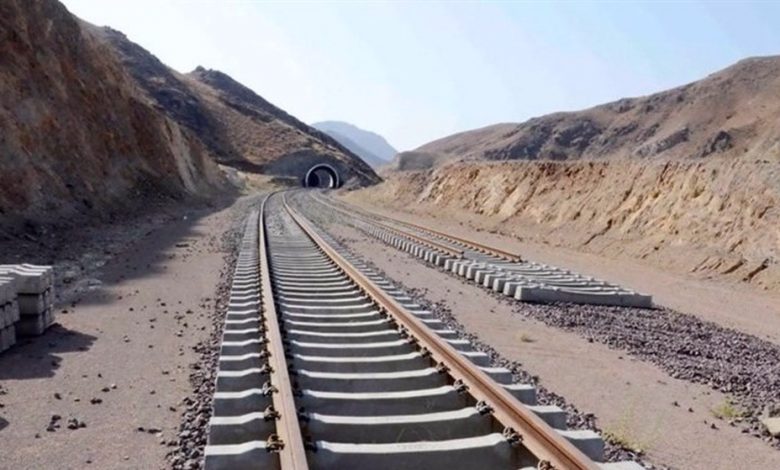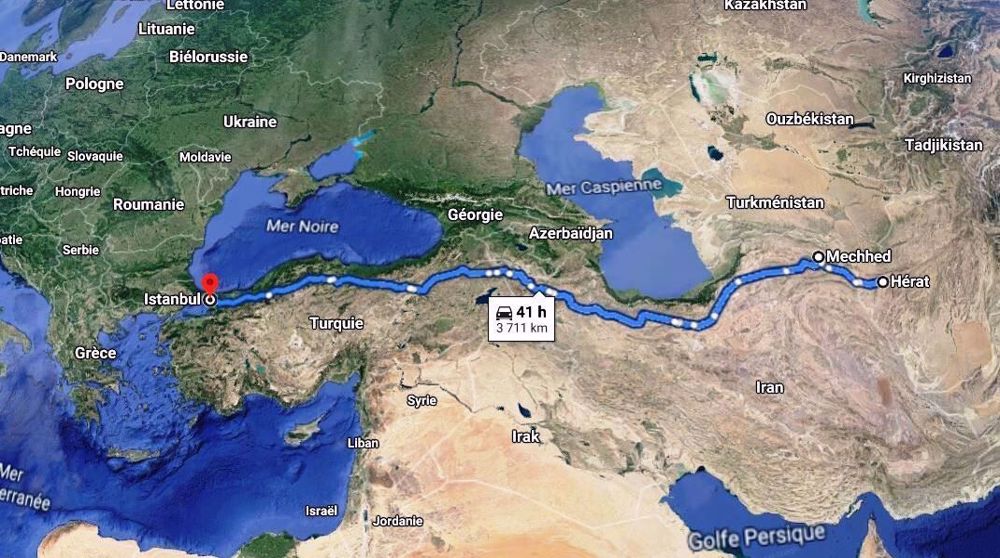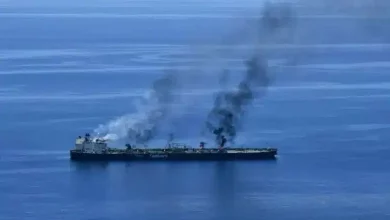US prevents Iran rail exports to Afghanistan to build key rail link
The US has prevented exports of Iranian rail to Afghanistan to connect the landlocked country to the Sea of Oman and the Persian Gulf as well as Europe, an Iranian official says.

According to Mehrdad Tavallaiyan, head of the assistant directorate for operation and a member of the board of directors of the Isfahan Steel Company, the first rail export contract worth $4.3 million with Afghanistan had been concluded.
“However despite receiving the money, we were unable to send the shipment due to US intervention,” Iran’s mining website Madan News on Tuesday quoted him as saying.
“With this agreement, the possibility of connecting Afghanistan through Iran to the Sea of Oman and the Persian Gulf and on the west to Europe would have realized,” he added.
The agreement, Tavallaiyan said, would also have resulted in an increase in the volume of trade and transit exchanges with Afghanistan, but the Iranian cargo was not allowed to enter Afghanistan after the news was made public.
The rail cargo was apparently intended to extend a rail link from Iran to the Afghan city of Herat.
Last December, an Iranian goods train carrying tonnes of agricultural products chugged into the western Afghan province as the two countries marked the opening of their first shared railway network.
The train route so far links the Iranian city of Khaf with the Afghan town of Rozanak about 150 kilometers away, but is scheduled to be expanded to reach Herat, Afghanistan’s third largest city.
The project has been billed a gateway to Europe for Afghanistan and other Central Asian countries.

Once completed, the 225 kilometer network would help transport six million tonnes of goods and a million passengers annually. The Khaf-Herat network would later be connected to Central Asian and Chinese rail networks.
Iran’s trade with Afghanistan has been growing in recent years as overland connectivity, including through the India-built Delaram-Zaranj highway or Route 606 connecting Afghan cities to the Iranian border has facilitated exchanges.
Afghan cargoes are currently carried by road to Chabahar and other Iranian cities via the Iranian road network.
The Khaf-Herat railroad will boost trade further, allowing trainloads of Afghan goods to reach not only Iranian cities but also the Persian Gulf, the Sea of Oman, the Caspian Sea and land ports in western and northwestern Iran from where they will head to European markets.
Evidently, such a prospect does not sit well with the Americans who had to withdraw from Afghanistan in August after 20 years of occupation.
The current Taliban rulers of Afghanistan have indicated their willingness to maintain and expand trade ties with Iran.
Iran is Afghanistan’s largest trading partner, with around $2 billion in bilateral trade each year, nearly a third of Afghanistan’s total trade volume. It is a key fuel provider to its eastern neighbor, exporting 274,000 tonnes of gasoil and 80,000 tonnes of gasoline to Afghanistan last year.
Even under US allies at the helm in Afghanistan, Iran’s development projects did not stop in the war-torn country. The Islamic Republic has spent millions of dollars on development and reconstruction projects in Afghanistan. It has built hundreds of kilometers of highways and railroads.
Tehran was one of the largest donors at a 2002 Tokyo conference, pledging more than India, Saudi Arabia, the United Arab Emirates, Turkey, Norway, Switzerland, Australia, and Pakistan combined.
The Islamic Republic also hosts around three million Afghans, including around one million refugees and two million undocumented migrants, according to the United Nations. The recent upheaval has forced thousands of Afghans to flee their homes and cross the border into Iran.







